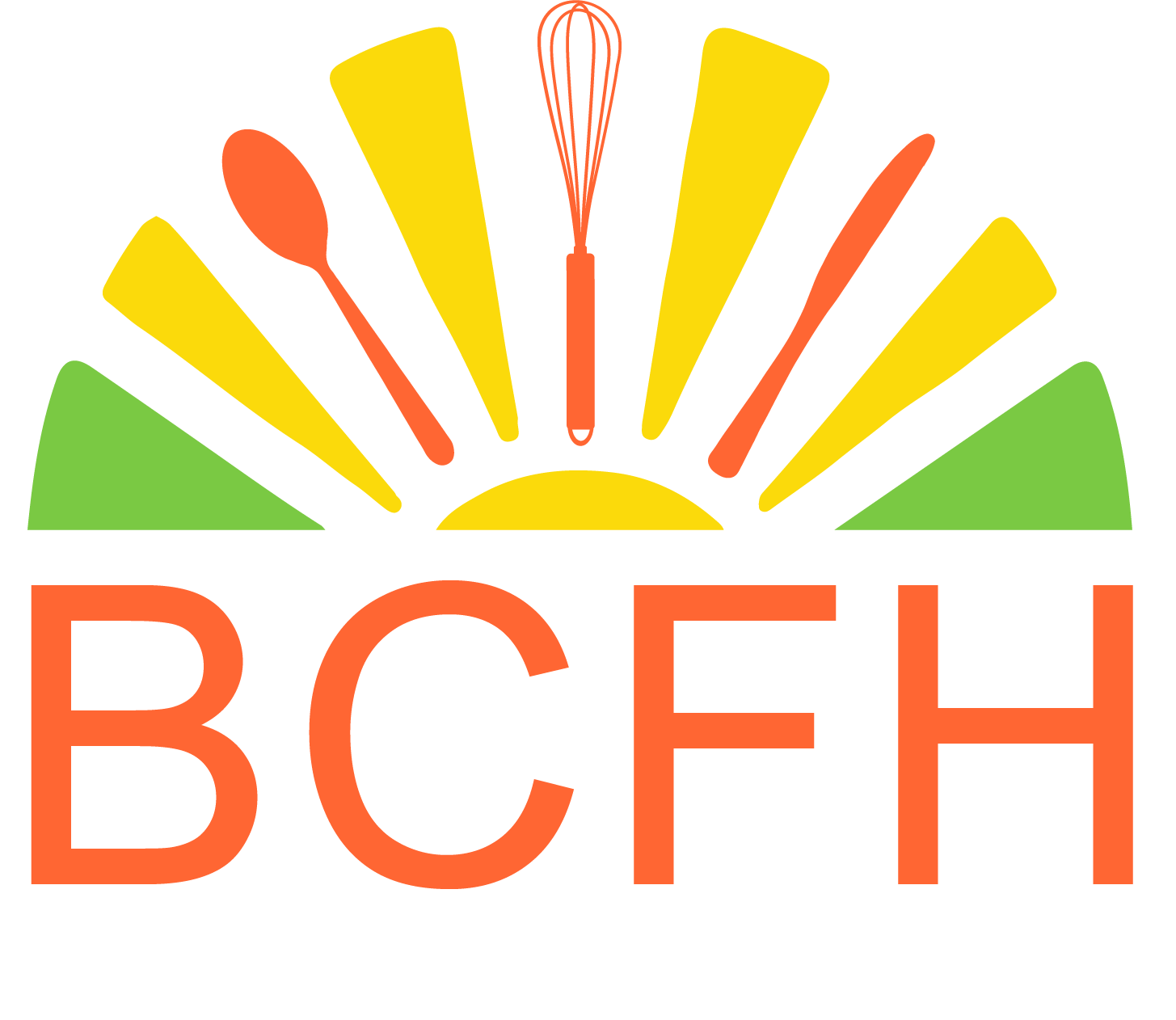Image of Celery Fields in Armstrong by C.W. Holliday [PDP03645] courtesy of the Royal BC Museum and Archives
In the first part of the twentieth century, the small town of Armstrong in the North Okanagan Valley of British Columbia was known as “Celery City” The celery plant that gave Armstrong this name (Apium graveolens var. dulce ) probably originated in ancient Greece. It was originally eaten for its seeds and used to treat colds, flues, arthritis, indigestion and illnesses of the liver and spleen. Celery has one of the highest sodium contents of all vegetables and according to BC Agriculture in the Classroom is “a great way to balance your electrolytes after exercise and illness”. It’s also a known allergen that can cause anaphylactic shock comparable to peanuts and is as common an allergy in Eastern Europe as peanut allergies are in North America. As a vegetable it’s a rich source of fibre and vitamins K, A, B6, B1 and B2. Eating it does not give “negative” calories – according to Agriculture in the Classroom, chewing a stalk of celery takes five calories, and it would take an hour (of chewing, presumably) to burn off 6 calories.
Celery stalks were often found to be too tough and strongly-flavoured until Italian market gardeners in the 17th Century discovered the secret of “blanching”, or piling earth up around the base of the plants so that photosynthesis stopped and the resulting pale stalks had a milder flavor.
Celery likes to grow in mucky bottom land and Armstrong, BC has everything that celery needs – cool, moist fertile ground, bright warm days and cool nights. Celery was grown experimentally around Armstrong beginning in 1903 in a swampy area (Heal, 1952). It has to be individually planted and hand-weeded. In Armstrong, Chinese market gardeners quickly took on the monumental task of celery production, starting in about 1906 (Kristensen, 1985). They developed a celery stamper that enabled twelve seedlings to be planted at once and they harvested the crop by hand. The following photograph provided by the Armstrong Spallumcheen Museum and Arts Society shows three men with a stamper.
Up to 900 Chinese people came to Armstrong to work in the celery fields and in other market gardens, but the head tax, the Exclusion Act of 1923 and economic conditions during the Great Depression caused many hardships and finally an end to the celery industry in Armstrong by the 1940s. Today celery is grown in small amounts in Cawston, McBride, Prince George and to a small extent in Armstrong.
Armstrong may not be “Celery City” any more, but the delightful painting at the beginning of this blog by Charles W. Holliday , a well-known BC painter, has immortalized its celery fields.
Heal,R. (1952). Farms and enterprises in the North Okanagan. The Okanagan Historical Society 16th Report, 121-127.
Kristensen, N.O. (1985). Armstrong, the Celery City. The Okanagan Historical Society 29th Report, 115-119.



Hi: Nice little piece. I used to live in Armstrong and I am a horticulturist and writer. The Chinese had developed a small Chinatown in Armstrong after their effort to build both the CPR and then later the S & O (Shuswap and Okanagan) railroad was complete.
The S & O ended in Okanagan Landing southwest of Vernon. From there it was by coal-powered steamer. The money for the railroad was put up by a Mr. Heywood-Armstrong. They wanted to commemorate his involvement. They called Armstrong “a muddy, swampy place”. It was really just a railway stop. Heywood-Armstrong was a merchant banker who had made his initial fortune in the cocaine trade and parlayed that into a respectable activity.
In the first Federal census in Armstrong and Vernon 1891 there were 700 Chinese listed (all with the same name!).
The lands that they were able to be beside the railway lines were not good. They were swampy. The better land was up on the bench land of Lansdowne.The Chinese worked their poor mucky land by draining them and ditching them out to a point where they drained more fully into south running creeks. Thus they were able to start celery farming. You failed to mention that at one point before WW1, they were producing and shipping more celery than California! (Editor’s note: This is interesting! Is there a source on this?)
Some of the old, brick houses they built in Armstrong are still owned by the Chinese and they house real estate and therapy clinics. They were built in an identical style to the old buildings in Vancouver’s Chinatown.
Many of the Chinese people continue to do market gardening right up to this day on some of the lovely, fertile lands right in and around Armstrong. Now they produce greens and such for the Farmers Market on the IPE grounds every Saturday.
Thanks for your very interesting comment that provides some additional context for Armstrong – Celery City.
Fascinating story – thank you! Loved the painting.
Thank you so much for keeping a little bit of history alive. People only think it was asparagus.
You’re welcome! Thanks for your comment.